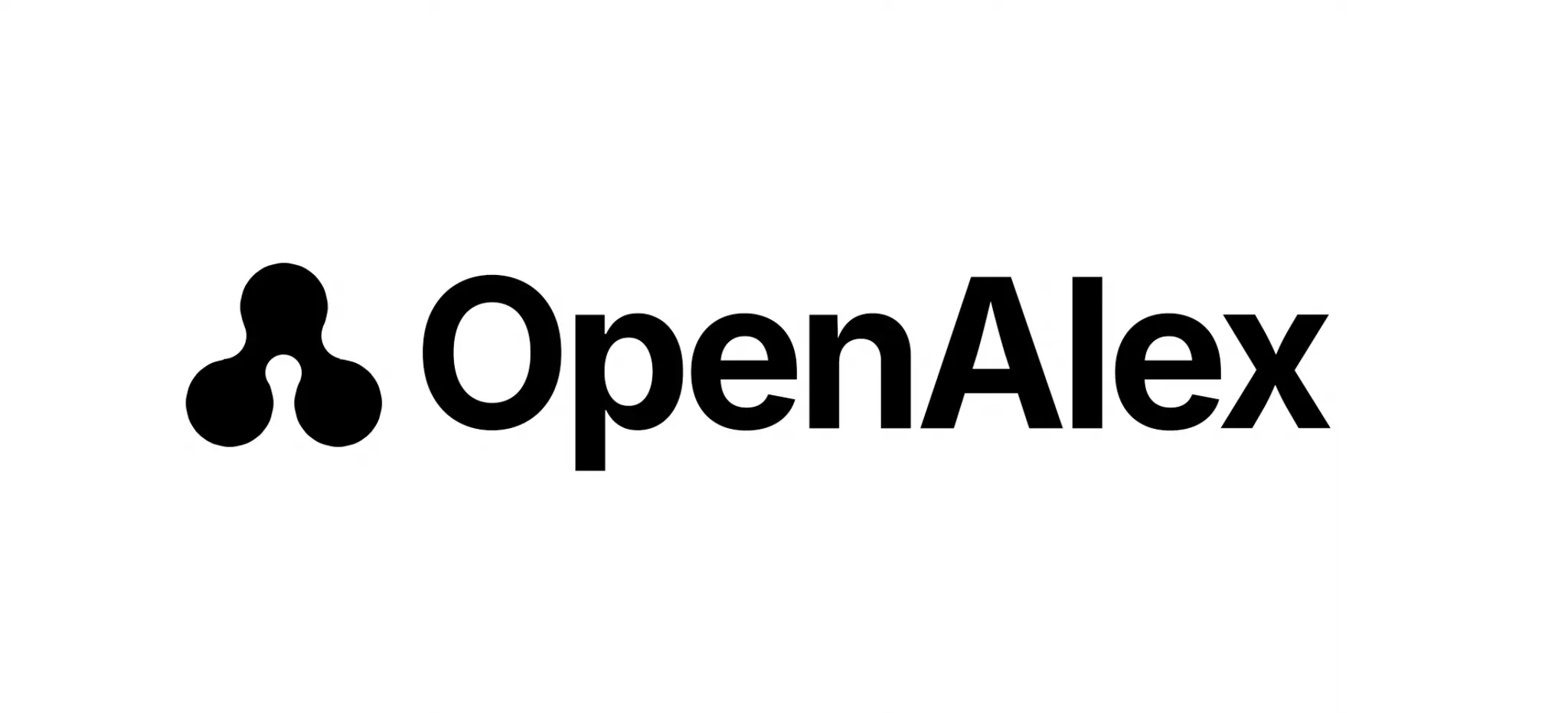A Fundamental Study On The Concept Of Abhishyandi Karma & Its Effect On Srotas And Swasthya : A Protocol Review
DOI:
https://doi.org/10.63247/3048-7390.vol.1.issue5.10Keywords:
avarodha, srotas , karma , abhishyandi , biological transport , fluid dynamic , swasthyaAbstract
Introduction:
Abhishyandi Karma, a pharmacological action mentioned in Ayurvedic classical texts, refers to substances that increase moisture in tissues, leading to obstruction in various channels (srotas), potentially causing long-term diseases. In modern times, this concept correlates with lifestyle-related diseases caused by improper dietary habits and sedentary lifestyles. The study aims to explore the effects of Abhishyandi Ahara and Vihara on srotas and swasthya (health) and to bridge the gap between Ayurvedic knowledge and contemporary health issues.
Methods:
This study will be a qualitative literature review, focusing on Ayurvedic texts like Carakaa Samhita, Sushruta Samhita, Ashtanga Hridayam, etc and relevant modern pharmacological research. The goal is to analyze references to Abhishyandi Karma and its effects on srotas (body channels) and overall health. Data will be extracted systematically to assess the impact of Abhishyandi Ahara (diet) and Vihara (lifestyle) on bodily channels and their correlation with modern diseases, such as metabolic and cardiovascular disorders.
Key Findings:
The review is expected to identify how Abhishyandi substances, such as curd (dahi) and sedentary habits, contribute to srotorodha (obstruction of channels), particularly those affecting Rasa and Medovaha srotas. These obstructions may lead to conditions like metabolic and cardiovascular diseases, aligning with modern pharmacological mechanisms. The study will bridge Ayurvedic concepts with contemporary health practices, offering insights into preventive health strategies.
Bottom of FormResults:
The study will categorize and analyze the effects of various Abhishyandi Ahara (such as curd) on srotas, particularly those responsible for the transportation of bodily fluids like Rasa. The results are expected to highlight how these dietary and lifestyle factors obstruct channels in the body, leading to metabolic and cardiovascular diseases. Additionally, correlations with modern pharmacological mechanisms may provide insights into potential preventive or therapeutic measures.
Discussion:
The findings of this study are anticipated to contribute significantly to the understanding of Abhishyandi Karma, both in traditional Ayurvedic practice and modern health contexts. By identifying the effects of Abhishyandi substances on srotas, the study will offer practical guidelines for Ayurvedic practitioners and modern health professionals. It is expected to provide valuable insights into how lifestyle factors can be managed to improve public health and prevent lifestyle-related diseases. Furthermore, the study will discuss the implications of the Abhishyandi concept in contemporary medicine, potentially bridging classical Ayurvedic wisdom with modern pharmacological understanding.
IEC Letter No. - SKAU/Acad./2024/11531-3
References
1. Agnivesha. Charaka Samhita. Elaborated by Charaka and Dradabala. Vaidyamanorama Hindi Commentary by Acharya Vaidyadhara Shukla, Prof. Ravi Dutt Tripathi. Delhi: Chaukhamba Sanskrit Pratishthan; 2006. Vol. 1, Sutra Sthana 26/82. p. 380.
2. Agnivesha. Charaka Samhita. Revised by Charaka and Drdhabala, with Ayurvedadipika Commentary by Sri Cakrapanidatta. Edited by Vaidya Jadavaji Trikamji Acharya. Varanasi: Chaukhambha Sanskrit Surabharati Prakashan; 2014. p. 525.
3. Agnivesha. Charaka Samhita. Elaborated by Charaka and Dradabala. Vaidyamanorama Hindi Commentary by Acharya Vaidyadhara Shukla, Prof. Ravi Dutt Tripathi. Delhi: Chaukhamba Sanskrit Pratishthan; 2006. Vol. 1, Sutra Sthana 13/98.
4. Sharangadhara. Sharangadhara Samhita. Prathama Khanda, Chapter 4, Shloka 24. Jiwanaprada Hindi Commentary by Dr. Smt. Shailaja Srivastava. Varanasi: Chaukhambha Orientalia; 2003. 3rd ed. p. 35.
5. Sharangadhara. Sharangadhara Samhita. Prathama Khanda, Chapter 4, Shloka 25. Jiwanaprada Hindi Commentary by Dr. Smt. Shailaja Srivastava. Varanasi: Chaukhambha Orientalia; 2003. 3rd ed. p. 35.
6. Baghel MS. Researches in Ayurveda. Jamnagar: Gujarat Ayurved University; 2005.
7. Balakrishnan P. The theoretical framework of Srotorodham and its clinical applications. Kottakal: Arya Vaidya Sala Publications; 2018. (Kottakal Ayurveda Series: 166).
8. Agnivesha. Charaka Samhita. Elaborated by Charaka and Dradabala. Vaidyamanorama Hindi Commentary by Acharya Vaidyadhara Shukla, Prof. Ravi Dutt Tripathi. Delhi: Chaukhamba Sanskrit Pratishthan; 2006. Vol. 1, Vimana Sthana 5/5.
9. Standring S, ed. Gray’s Anatomy: The Anatomical Basis of Clinical Practice. 41st ed. New York: Elsevier; 2015.
Hall JE, Guyton AC. Textbook of Medical Physiology. 14th ed. Philadelphia: Elsevier; 2021.
Kandel ER, Schwartz JH, Jessell TM, Siegelbaum SA, Hudspeth AJ. Principles of Neural Science. 5th ed. New York: McGraw-Hill; 2013.
10. Gehlot A, Gupta JP, Rajpurohit H, Chouhan PN, Kumar P. Conceptual and applied aspects of Srotas (channels) in Ayurveda: A correlation with modern medical science. Afr J Biomed Res. 2024 Dec;27(4s):9639–44.

Additional Files
Published
Issue
Section
License
Copyright (c) 2025 Dr. Priyasa C., Prof. (Dr.) Krishan Kumar (Author)

This work is licensed under a Creative Commons Attribution 4.0 International License.















 \
\











